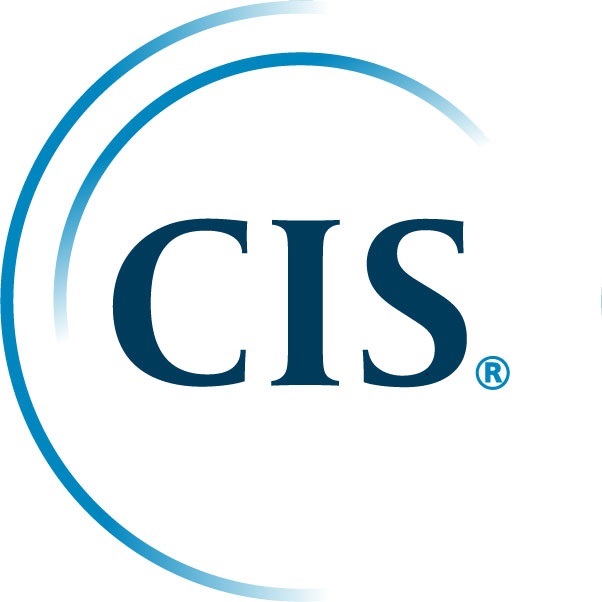It is a managed service, a Kubernetes cluster, specifically for Amazon EKS. Whatever application is going to deploy on the cloud, cloud provided this solution, a managed service cluster, a Kubernetes cluster. In that scenario where we will use for seamless and zero downtime, we are using Amazon EKS.
The major advantage of Amazon EKS is that it is a managed service. Whatever error or downtime, if we are dealing with an on-prem Kubernetes, we have to understand the root cause. If the control plane is down, understanding and fixing takes time. But AWS provides a solution, Amazon EKS, where we are not worried about any control plane components, such as ETC, other API servers, etc. It is a significant advantage, as AWS continuously checks for problems. If they occur, they will fix them immediately. They will also configure the backup from the background. As an end user, we are not able to understand any kind of downtime. For us as end users, it is always working for the managed services.
When dealing with Amazon EKS, as an end user, we also configure the IAM policies, role, and responsibility for users managing the cluster and node cluster. The user-specific permissions determine whether they are able to deploy applications to the managed service, whether at root level, admin level, or developer level with view access. We make decisions accordingly and provide the IAM permissions.
We have RBAC and context, two major parts of the Kubernetes services that provide security and the authentication and authorization process. We implement context and RBAC to secure our Amazon EKS cluster.
Because it is Kubernetes, these services need to be integrated with the Kubernetes repository. ECR is a repository, an Elastic Container Registry. When creating or integrating any images with updated builds, we create updated Docker images, push them into ECR, and integrate our Amazon EKS services with ECR. It syncs with that repository, so whenever it identifies new Docker images, it will pull and deploy them into the Amazon EKS cluster.
When setting up an Amazon EKS cluster, we define the number of nodes with minimum, actual, and maximum parameters. For example, with a minimum of two nodes for normal load, only two nodes will always be running. If it identifies increasing server load, it will automatically increase to two more nodes if we have set the maximum to four. In the Amazon EKS cluster configuration background, we specify load thresholds at 70% or 80%. It will identify that and increase or decrease nodes accordingly. If load changes persist for more than 15 minutes, it will take appropriate action. We define an auto-healing process there.
The automatic patching is valuable because it is a managed service. Whatever patching is required, the vendor itself will provide communication. If we provide confirmation, we will provide the upgradation time window. AWS itself will do all kinds of patching during that specified window to upgrade the Amazon EKS cluster.
On-premises Kubernetes requires daily updates. With managed services, the Amazon EKS version upgrades are very helpful. The managed services handle the control panel upgrades, and they will upgrade node dependency software by default. Sometimes we will check if the node dependency software needs manual updates.
The major advantage is reduced setup time. The Amazon EKS setup is much simpler compared to on-premises AKS setup, where the control plane configuration is very difficult. It is very flexible as we configure the required number of nodes into Amazon EKS, and it starts working. We get high availability and scalable architecture. Even if the control plane has issues, AWS will understand, control, and take immediate action.
We only need to ensure that Docker images are pushed to ECR are correct, and Amazon EKS will handle the deployment. The major advantages include reduced time, high availability, and scalability. From a security perspective, AWS has multiple security layers. We also implement IAM roles, different ILBs, ingress controllers, and multiple security features. CNI implementation on top of Kubernetes is also available.
The costing perspective could be improved. With normal on-premises servers using Kubernetes services, the costing might be slightly higher compared to other Kubernetes vendors. If the pricing becomes more comparable and they match other vendors while providing more flexibility, it would be more advantageous for AWS.
The solution has been in use for more than four years.
The deployment has been confirmed as successful.
There have not been any gaps felt between Amazon EKS and AKS. Whatever capabilities AKS has, Amazon EKS has similar capabilities feature-wise.
The service is very straightforward. The official manuals provided are very helpful. We have not experienced any discomfort or hidden aspects.
Whenever we face challenges or have questions about different platforms or tech stacks, or if we need to verify support or integration possibilities, we raise a ticket. They will set up a call, guide us, or provide solutions regarding integration with AWS or Amazon EKS.
The service is very professional, rated five out of five. When we raise requests, they follow their process and are always available to support us.
Having worked on both AWS and Azure, AWS is very straightforward and helpful to implement, both as a support engineer and as a developer. The AWS support team is very knowledgeable and helpful. When requests are raised, they take immediate action. It is recommended that everyone should consider AWS.
Our organization maintains a strong team. For major projects, we first work on the architecture perspective. With well-designed architecture, 90% of potential problems are prevented. Being a managed service, we focus on security and managing node services, along with the application perspective.
We are not concerned about the Amazon EKS cluster setup as it is a managed service. We only need to add nodes and utilize the features Amazon EKS contains. This reduces our effort and is very helpful for our organization.
The reviewer rated Amazon EKS 10 out of 10.
